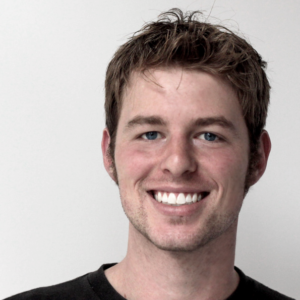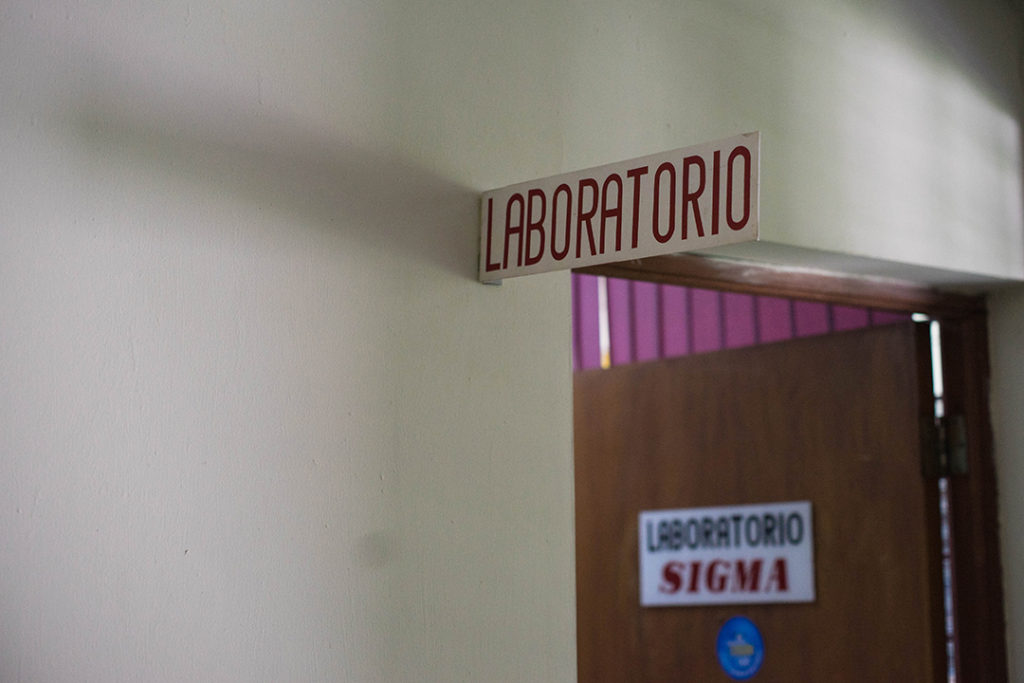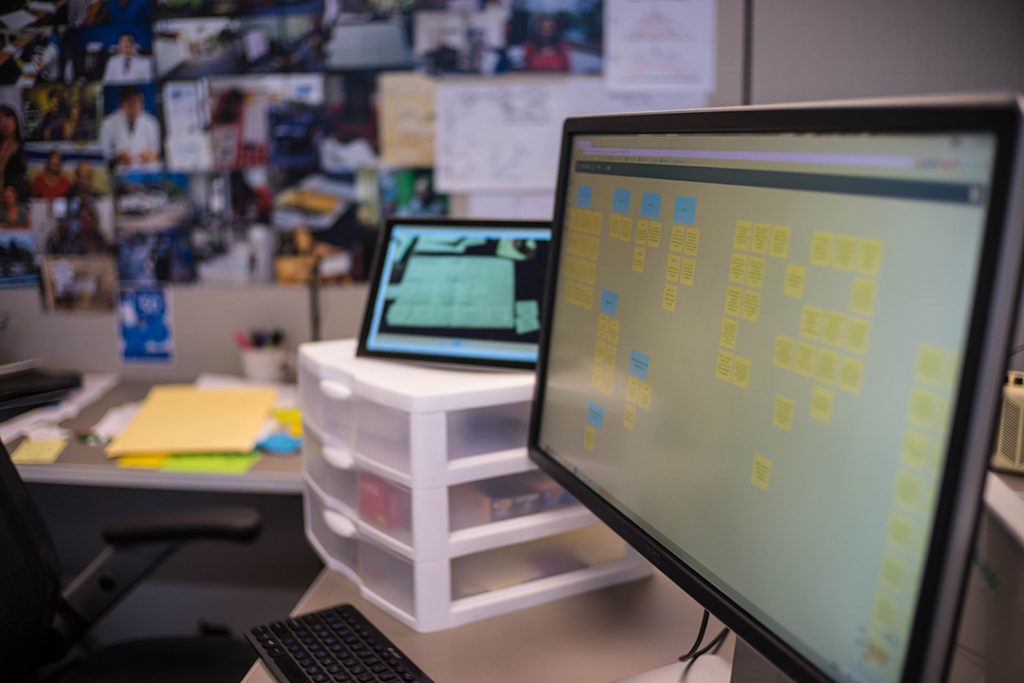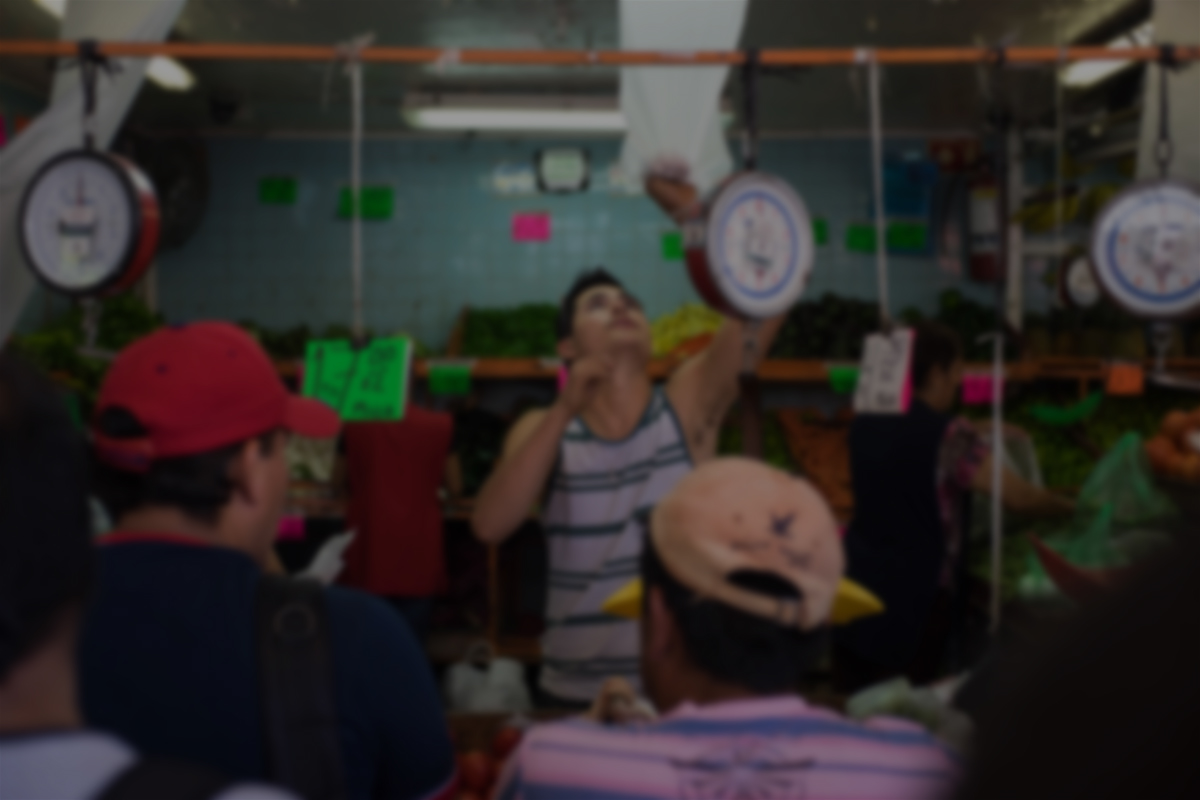Your developers have been coding furiously for days working on the “Minimum Viable Product” perfectly tuned for the most lucrative market (according to the pricey quant study that just came back). When demo day comes you proudly show off the latest features – a marvel, to be certain; all of the bells and whistles the marketing brief said were popular blaze across the screen.
But a single, terrifying question lingers silently in the back of everyone’s minds until finally, quietly, from the back of the room, someone lets it slip: “yeah, its cool, but will anyone actually want it? Want it enough to pay for it?“
These questions are scary, but waiting until a launch to understand what your customers will think about your product is a huge risk that could cost your company dearly in time, money, and morale. These questions can be answered, but not with surveys and or focus groups, and certainly not by you, your developers, or any other internal stakeholders.
Understanding how your users will actually act can be as simple as asking them – if you ask the right way. But how do you ask without biasing their opinion? How do you structure that conversation for actionable insights? This is where “Design Research” comes in.
This is the first in a series of articles that I will be posting about Design Research. Check out my other articles on the topic here.
What is Design Research?
“If I asked people what they wanted, they would have said a faster horse”
– Henry Ford
We do design research to get a sense for how people live, the way they understand things now,the problems they face, and their goals for the future. These insights are what drive successfully designed products.
Customers generally have a hard time dreaming up what it is that they “want,” particularly when technology is new and they don’t know what is possible. A well structured conversations can create an outpouring of insights about customer’s context and point of view when buying and using products.
Design Research (DR) is an umbrella term for a variety of qualitative interview practices originally developed for testing physical and software products. At its core, a DR session is always a conversation, but you’ll see a lot of aids, such as card sort activities or specially constructed prototypes to keep the mood light and the conversation flowing. There are as many methods as there are research projects, but generally:
- Research is done by a small, 2-3 person team
- Research sessions are done in the environment that the product will be used (in the home, in a store, the workplace, etc.)
- Research sessions are usually around 1.5-2 hours with a single participant.
- A standard sample size is 6-8 people per target segment.
- So if 3 target segments have been identified, that will be 18-24 interviews
- If multiple people are involved in a process, we try to interview each of them separately.
- Time-frame: A team can usually do two interviews per day, and a program can have a couple of teams. Taking into account travel time, participant scheduling, and other factors, each 2-3 person team can usually interview 10-12 people in about 2 weeks.
Who Participates in Design Research?
A design research team will always consist of at least two people: a moderator and a note taker. Often, the third place on the research team will rotate out among other stakeholders in the business who want (or need) to experience meeting customers in a more intimate way. This is especially important for internal design teams, product owners, and marketing staff.
I talk in a bit more detail about the research team members in my next post.

During research for MedicSana, Inc, both Jonathan, the company CIO and Guillermo, the Social Media Community Manager gained insights from interviews.
What is delivered after a Design Research Program?
Once the team comes back from research, it is time to synthesize the findings and report back to the rest of the business. This should happen in two parts:
- Storytelling session
- The Team comes back and tells the raw stories to other teams and internal stakeholders.
- Synthesis Readout
- After a 2-week synthesis period, the team presents their insights.
The storytelling session can be planned for a few days after the team returns from the field. The deliverable here is in the form of a discussion where key business stakeholders join the team for a 4-6 hour session (depending on the number of interview participants). The team shares pictures, audio, and quotes to the business to have a semi-formal discussion. Even though insights are still a little “half-baked,” these storytelling sessions can be incredibly engaging for both those who got to go into the field, and those who get to join the discussion.
After the initial storytelling session, the research team needs a 1-2 week synthesis period to fully understand and catalog what they heard in the field. Some deliverables from synthesis may include:
- Core Tenets
- A list of over-arching things we’ve learned about the brand promise our customers are looking for.
- Design Principles
- A list of rules based on our tenets that help us validate future design concepts.
- User Archetypes or Personas
- Fake (or real) characters that the design team – and the whole company – can use to understand who the customer is.
Is your company ready for Design Research?
When we know who our customers will be, qualitative research helps us refine our understanding of what to build for them. Design Research is best for companies that have already defined and segmented their target market and have at least a rough idea – or several rough ideas – of what their value proposition might be. A structured conversation with a small sample size of a certain segment is perfect for developing an understanding of:
- What are this segment’s key pain points? How do people solve this problem today?
- Do people actually want this?
- What should the features be?
- What type of Brand Voice speaks best to this customer segment?
- In what context will this person be making a purchasing decision? Who and what will be influencing her?
- Which features should be prioritized and which can come in later versions?
Is a mobile app, web, or other experience best for this segment?
Learn More
Getting ready to engage a design research team? Check out my post about what to expect from a design research interview!
Design research as a field has been growing for a while. For more information on methods, check out some of the top design firms like Frog Design or IDEO. There are also a growing number of small firms trying some interesting things, such as Studio D.
Questions about DR? Feel free to shoot them over on twitter @kyle__Becker
More about Me
 I’m currently looking for my next opportunity as a design researcher or scrum product owner. Shoot me an email at gnefkow87@gmail.com.
I’m currently looking for my next opportunity as a design researcher or scrum product owner. Shoot me an email at gnefkow87@gmail.com.
After graduating from the University of Kansas in 2011 with a degree in Industrial design, I joined frog design as an interaction designer for three years before raising funding and rolling on to MedicSana as full-time CEO, designer, and scrum product owner. I have my Product Owner (PSPO I) and Scrum Master (PSM I) certifications. My full work history is on my linkedin page, or download my resume.
In my free time, I read quite a bit about behavioral economics and on my blog, Knowledge in Society, I write about various topics that discuss the relationship between design research, behavioral economics, and entrepreneurship, including a multi-part introduction to design research. I also love photography, check out my photography portfolio here!




